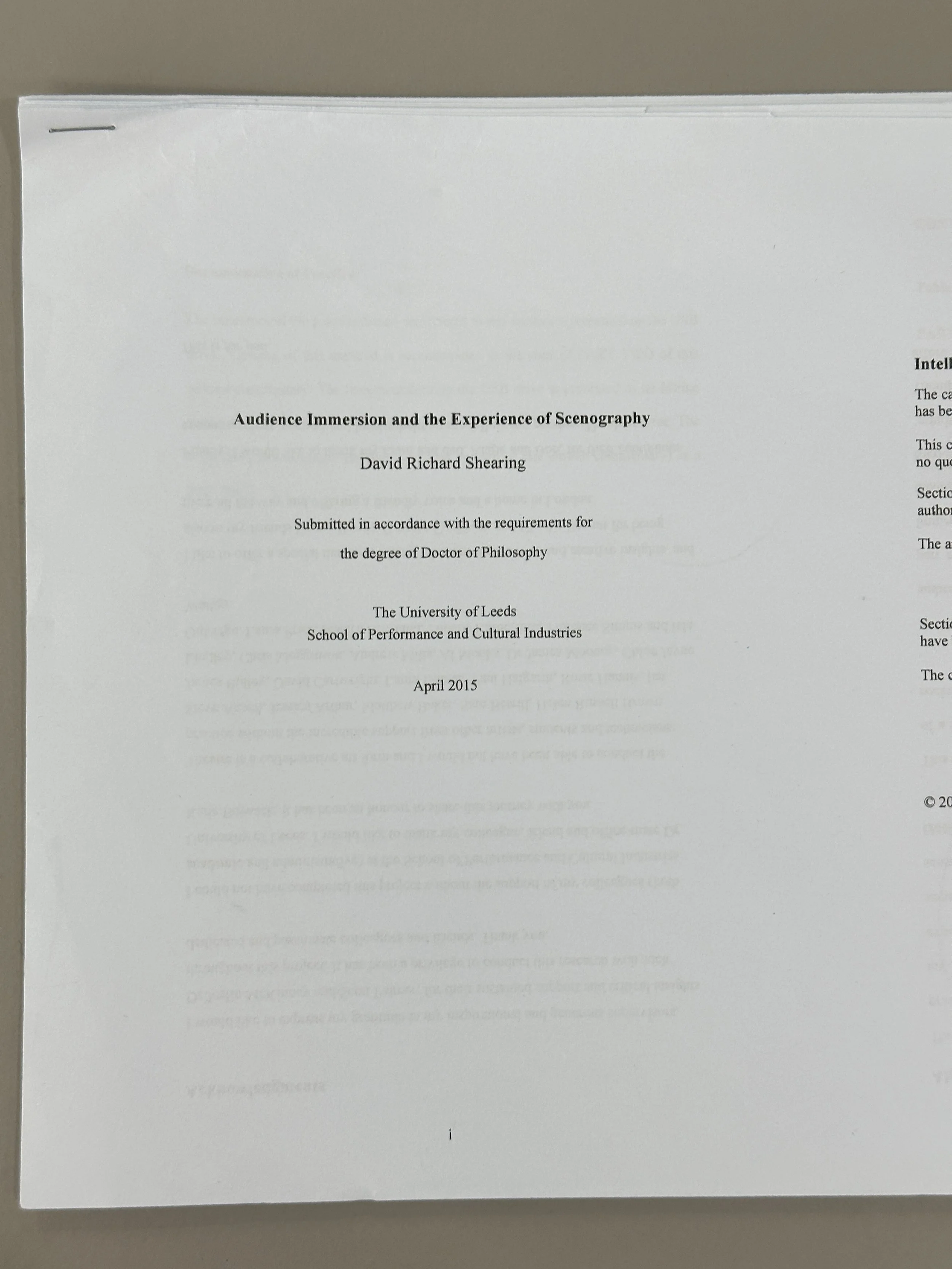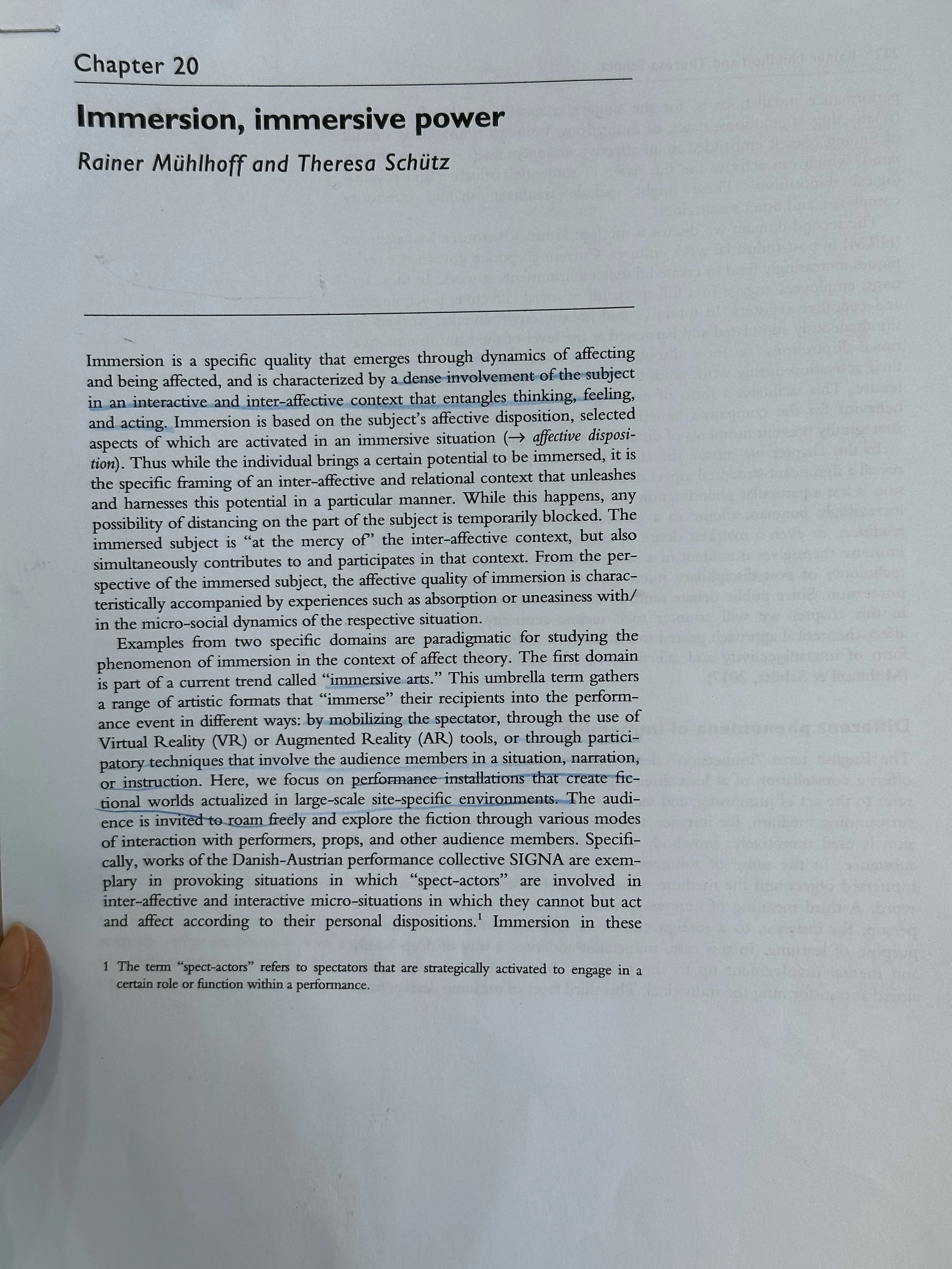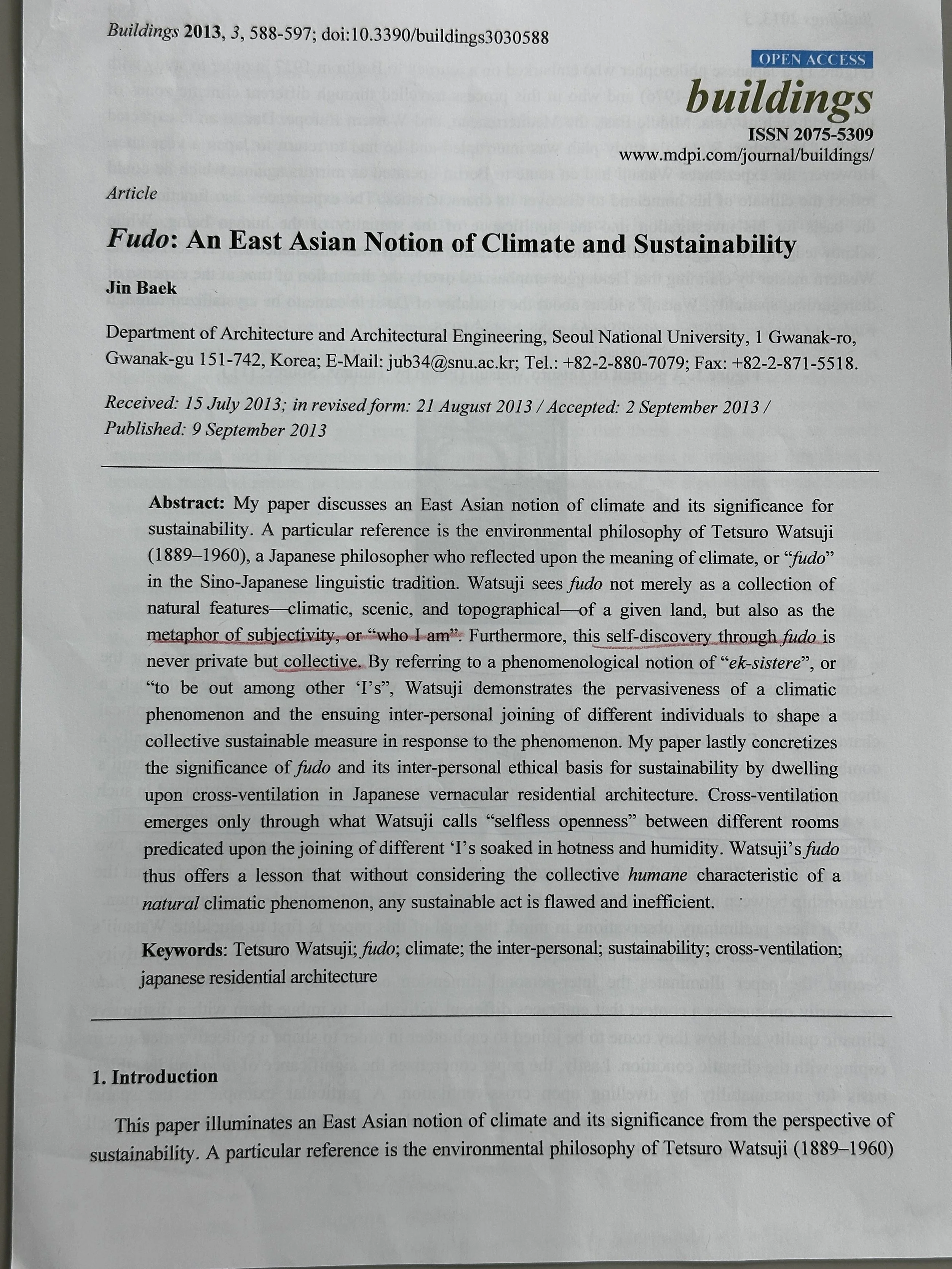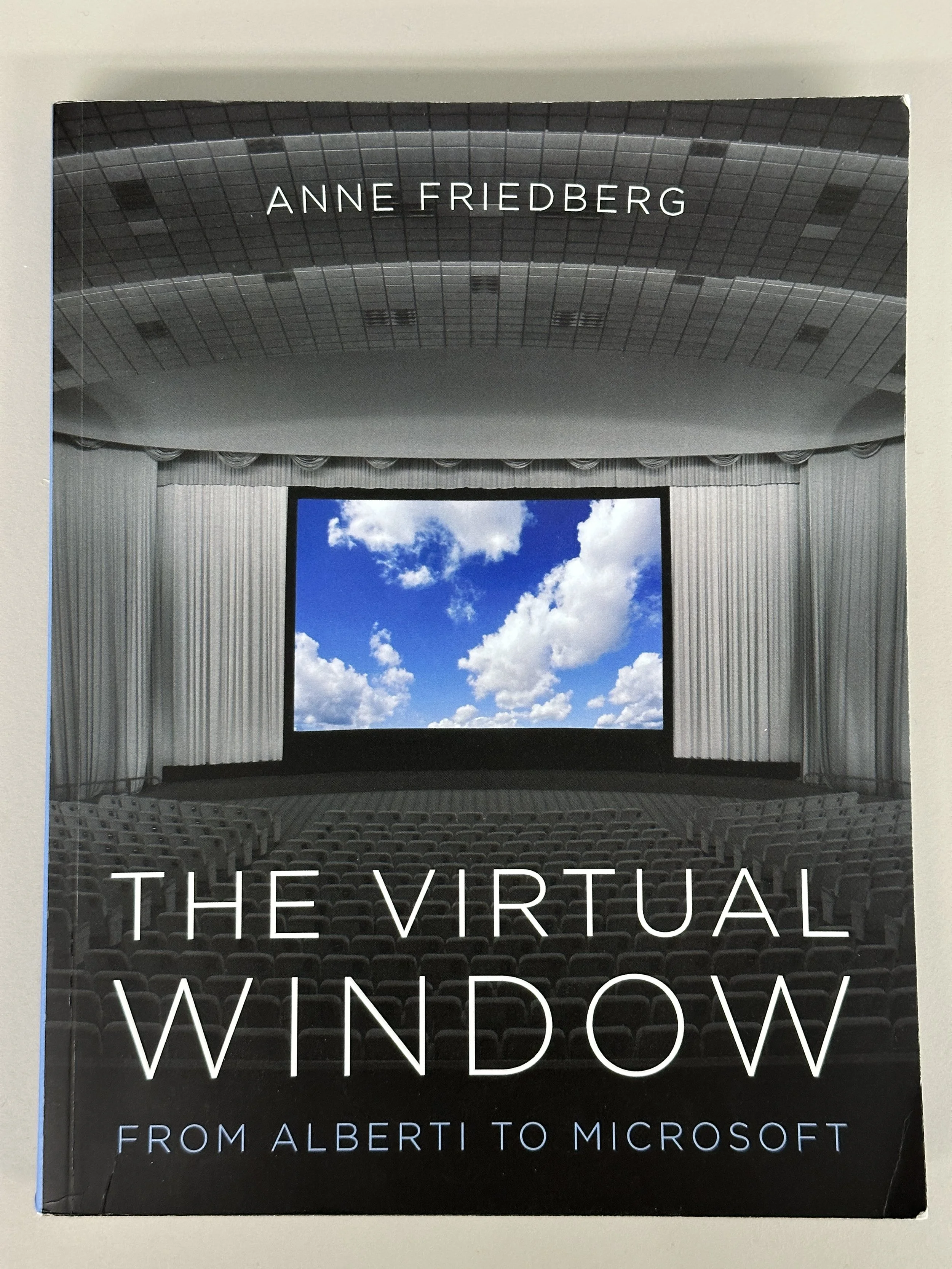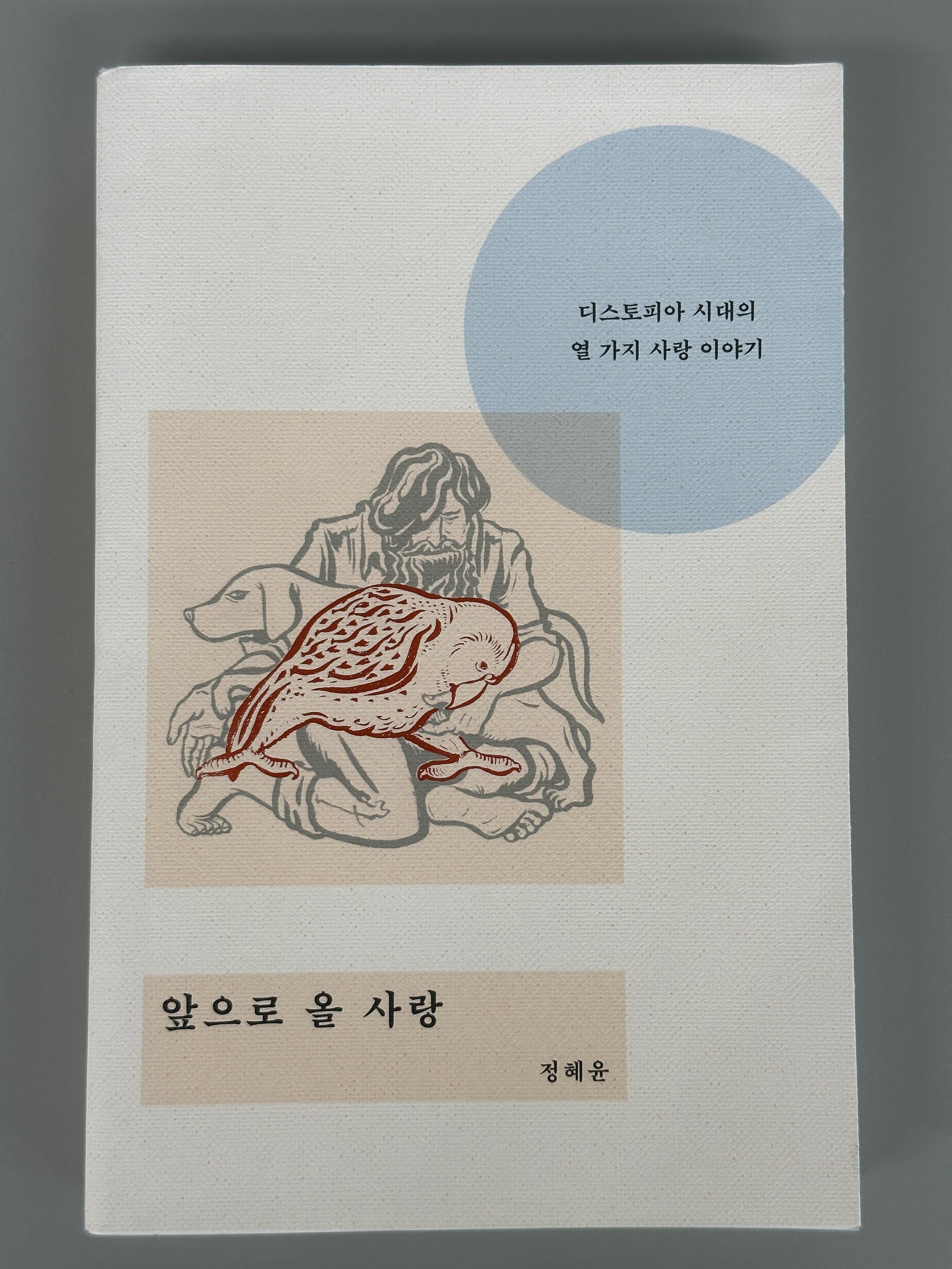‘Emergence of a new conception of time, which is no longer exclusively the time of classic chronological succession, but now a time of (chronoscopic) exposure of the duration of events at the speed of light’ (3)
‘To the passing time of the longest durations, we now add accordingly a time that is exposed instantaneously: the time of the shortest durations in the realms of electromagnetism and of gravity’ (4)
‘The ether of ‘time-light’ being in no way analogous to our usual calculation of duration and geophysical span’ (4)
‘Time-light whose depth dissimulates the very density of time’
‘Without a distant horizon, there is no longer any possibility of glimpsing reality’
‘Idea of the real in the age of the speed of light’ is eradicated (6)
‘Meeting at a distance, in other words, being telepresence, here and elsewhere, at the same time, in this so-called ‘real time’’
‘Immediate selection, instantaneous telepresence.’(10)
‘To define the present in isolation is to kill it’ -Paul Klee
teletechnologies of real time are killing ‘present’ time by isolating it from its here and now, in favour of a commutative elsewhere that no longer has anything to do with our ‘concrete presence’ in the world, but is the elsewhere of a ‘discreet telepresence’ that remains a complete mystery. (10)
Real-time interface
Home shopping, working from home, online apartments and building: ‘cocooning’, as they say. The urbanization of real space is thus being overtaken by this urbanisation of real time’ (20)
‘How can we really live if there is no more here and if everything is now? How can we survive the instantaneous telescoping of a reality that has become ubiquitous, breaking up into two orders of time, each as real as the other: that of presence here and now, and that of a telepresence at a distance, beyond the horizon of tangible appearances?’ (37)
‘With the real-time transmitting and receiving power of the various signals alienating the nature of time distances, the active optics of electromagnetic waves exploits the depth of field, the very reality of our own world to the point of reducing it to nothing, or next to nothing, thereby leading to a catastrophic sense of incarceration now that humanity is literally deprived of horizon.’ (41)
‘How can we ignore the risk mankind runs of losing our own world? How can we but fear now a profound sense of being shut up in an environment deprived of both horizon and optical density?’
Global ‘real time’ of the information superhighways - breakdown of our collective and individual relation to time, space and movement
Lament for the loss of real geographical spaces, distance, intimacy or democracy









![문화의 시대 그림읽기[讀畵]와 여백(餘白). Yeo-Baek (餘白, Empty Space) and The Art of Reading a Painting (讀畵)](https://images.squarespace-cdn.com/content/v1/55626c50e4b0658666c8420f/1695443738009-9GOGCT1JGD15KPGQQ0O1/Screenshot+2023-09-23+at+13.34.14.png)












